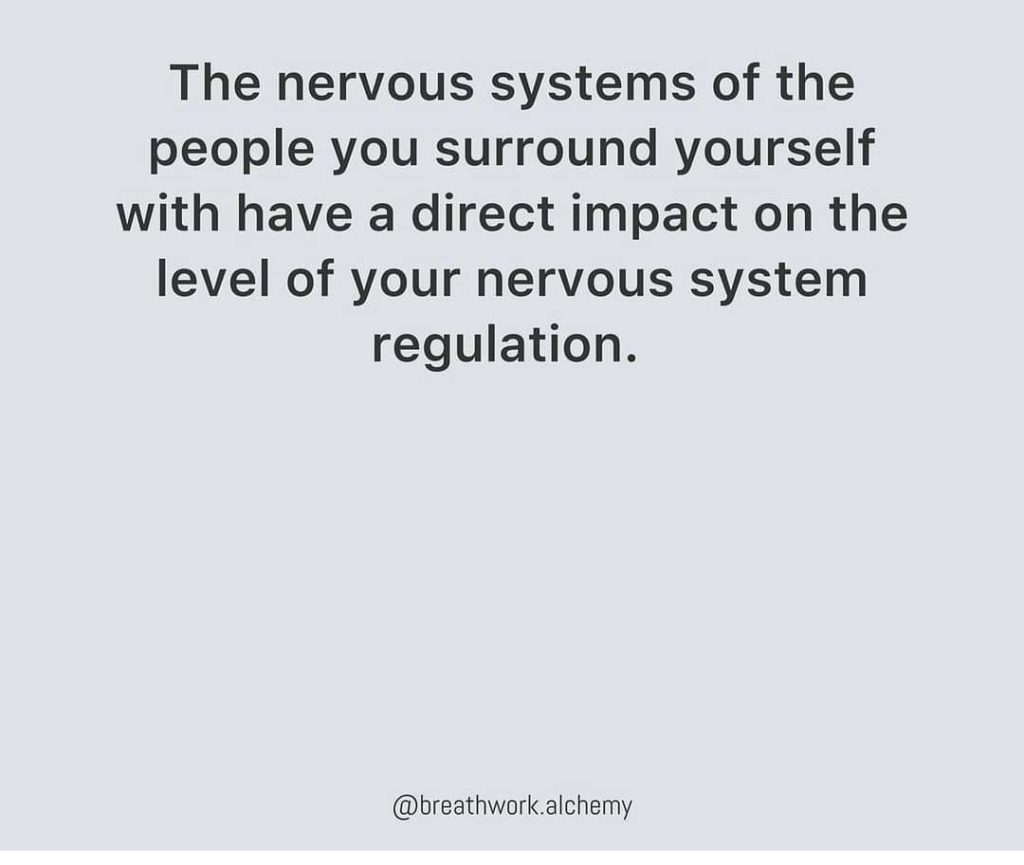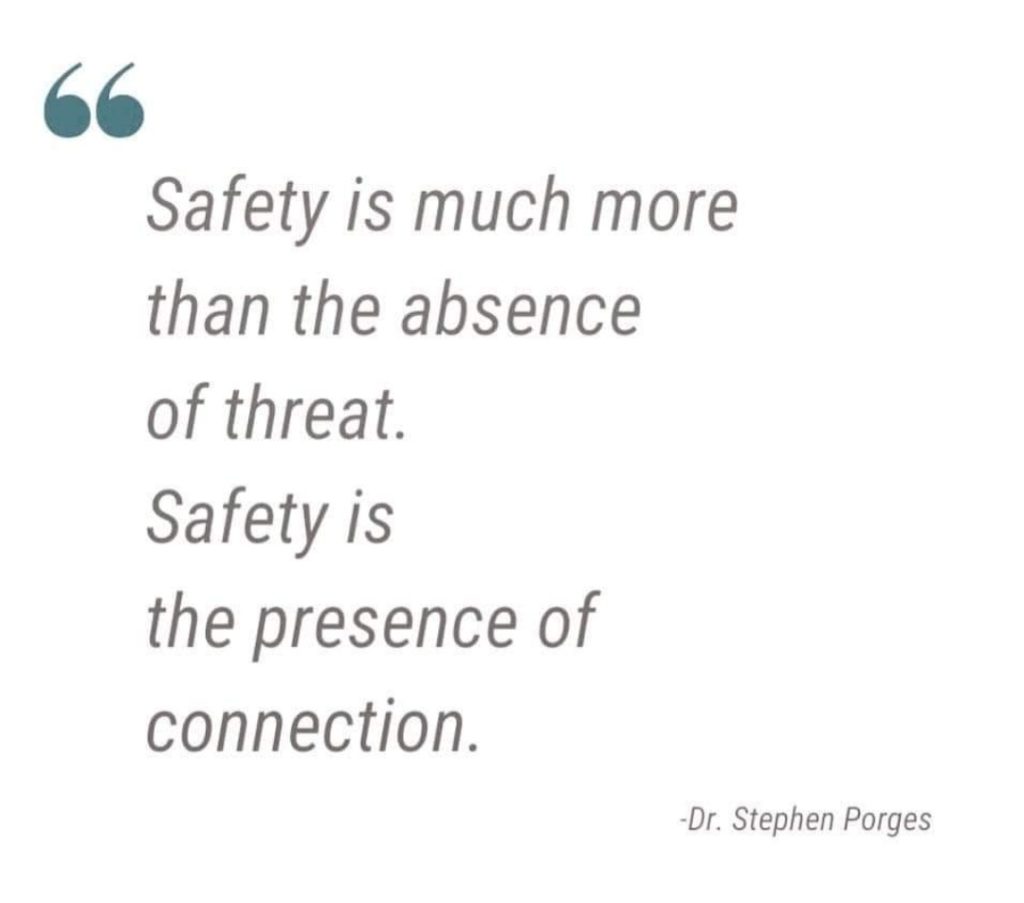Survival
By survival, I mean our default wiring that is always scanning the horizon for cues or signals of danger. It could be as minor as an autonomic uh-oh. Or as big as hell no! We are wired for survival, as evidenced by our actual survival. Negative bias has something to do with this success. Evolution primes us to be alert, avoid potential danger, and live to see another day. Negative bias manifests when a negative or positive experience may be similar in emotional level but the negative experience is more “important.” The autonomic expectation of a coming negative event tends to skew towards a stronger negative than the anticipation of a positive event. Positive and negative events tend to be remembered as more negative than the true sum of their parts. Negative events may require more cognitive resources to navigate and make sense of them. All of these aspects play into decision making, motivation, and engagement.

Negative bias
Unfortunately, negative bias reinforces our negative emotional beliefs. It is sticky! On the other hand, positive emotional experiences tend to slide off us, unless we actively deepen them. We now know that emotional intensity strengthens the stickiness, regardless of whether it is negative or positive. Greater emotional value correlates with memory accuracy. Negative experiences are paired with a production of stress hormones. Whereas, positive events kick off the production of happy hormones.
Stress Hormones
Cortisol, norepinephrine, and adrenaline are released when your sympathetic nervous system steps up to bat. Adrenaline, the fight/flight hormone, offers an immediate chemical response to a cue of danger in the form of an energy surge. Norepinephine’s primary role is focus and awareness to the environment around you. Like Adrenaline, it is an arousal hormone. Cortisol regulates body functions and organs that are not needed in the face of the current crisis. Ongoing elevated cortisol can trigger serious health issues.

Happy Hormones
Dopamine, oxytocin, serotonin and endorphins promote positive feelings, support happiness, relieve pain, and increase pleasure. This cocktail effectively regulates mood, improves health and well-being, and generally support relational behaviors. And there are behaviors that actively support the production and release of the happy hormone quad. More importantly, maintaining access to these happy hormones, even while there maybe a level of fight/flight on board improves our ability to navigate negative events.
Thriving happens in the presence of safety
Situations inviting engagement, presence, and connection with self, the world around us, and others are fundamentally safe. Even a neutral, albeit, warm situation offers possibility and choice. Without some flavor of choice, context, and connection, change is unlikely to occur.

Making an intentional practice of building a reliable path to connection is a biological imperative. We are our best, most trusting selves when we have a felt sense of safeness. In Imago we say: “We are born in relationship, we are wounded in relationship, and we are best healed in relationship.” Harville Hendrix
Regulating Resources
There are no bad nervous system responses. Our nervous system does the best it can in any given situation to survive. When we practice tolerating, noticing, naming, and even welcoming our hormonal messages, we can begin to recognize the felt sense of our state of being. The more we know, the more we can make a plan. Fight/flight gets a bad rap, as does freeze/collapse. When in fact, these responses to neural cues of danger are brilliant! In fight/flight we get messages that mobilize; we take action. Conversely, our shut down response invites us to slow down, rest and restore. When you bring the energy of connection and safety to either our fight/flight or our shutdown, we get all of the plus side of the state AND we invite all the possibility, context and connection our prefrontal cortex has to offer.
Safe and Sound
Dr. Stephen Porges’ Polyvagal Theory helps people regulate their biology. The polyvagal nerve clusters carries sensed messages of danger and safety from the body to the brain and from the brain to the body. When this cluster of nerves is toned and fit, we tolerate surges of stress hormones and cultivate happy hormones. We connect with self, the world and other people. Porges developed a tool which resets our polyvagal nerve cluster by exercising the middle ear muscle called Safe and Sound Protocol (SSP).
In recent years, SSP has proven effective for people with anxiety, depression, and/or some traumas. It can be delivered in person or remotely. We offer it to individuals and in group setting at the Imago Center. The next group is forming for September. Contact Hayley or learn more here.
TL/RL
- In short, we have a 2 biological imperatives: survival and connection.
- Survival is always vying for our resources.
- Thriving is possible when there is context, choice, and connection.
- Recruiting regulating resources improves both survival and connection.

